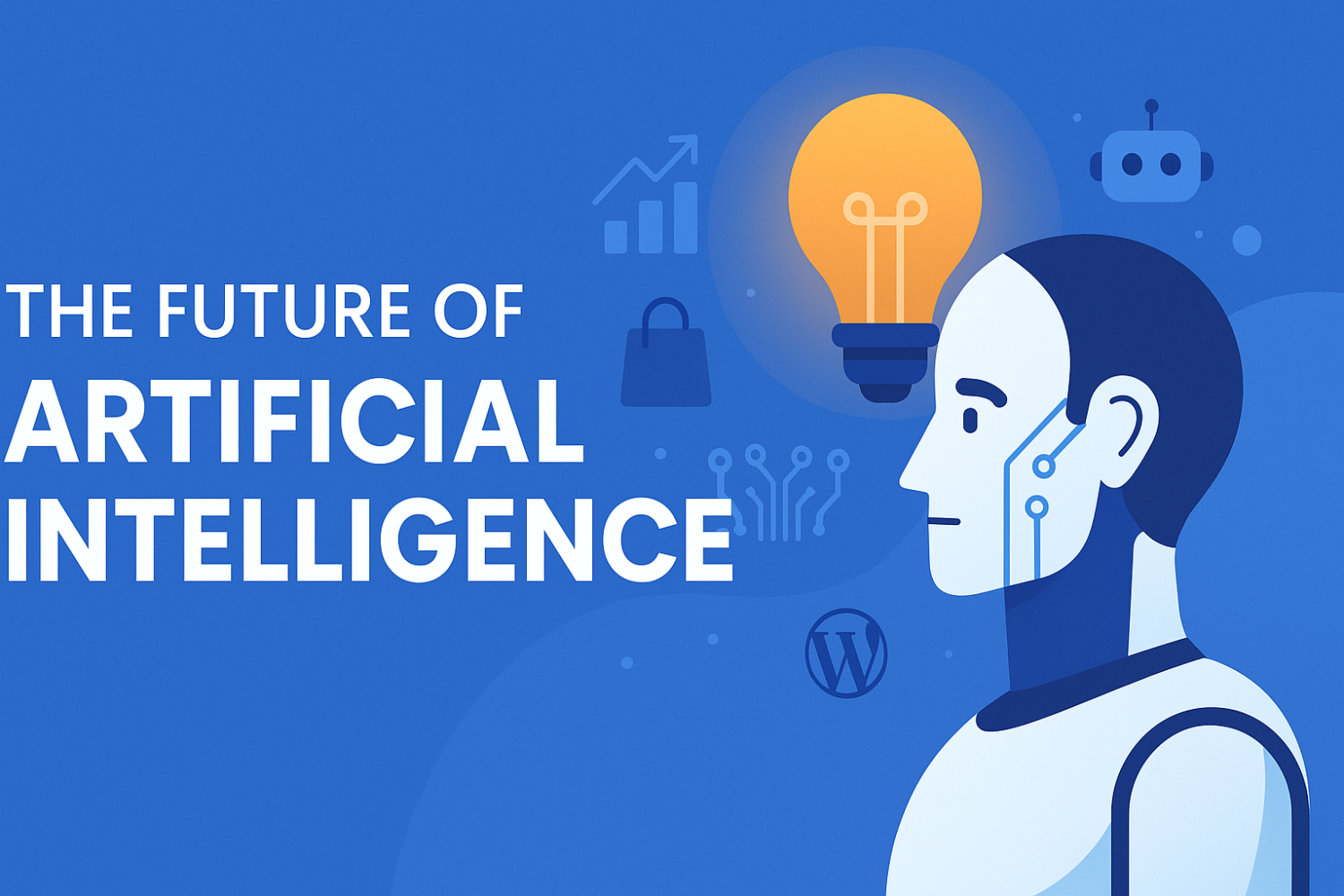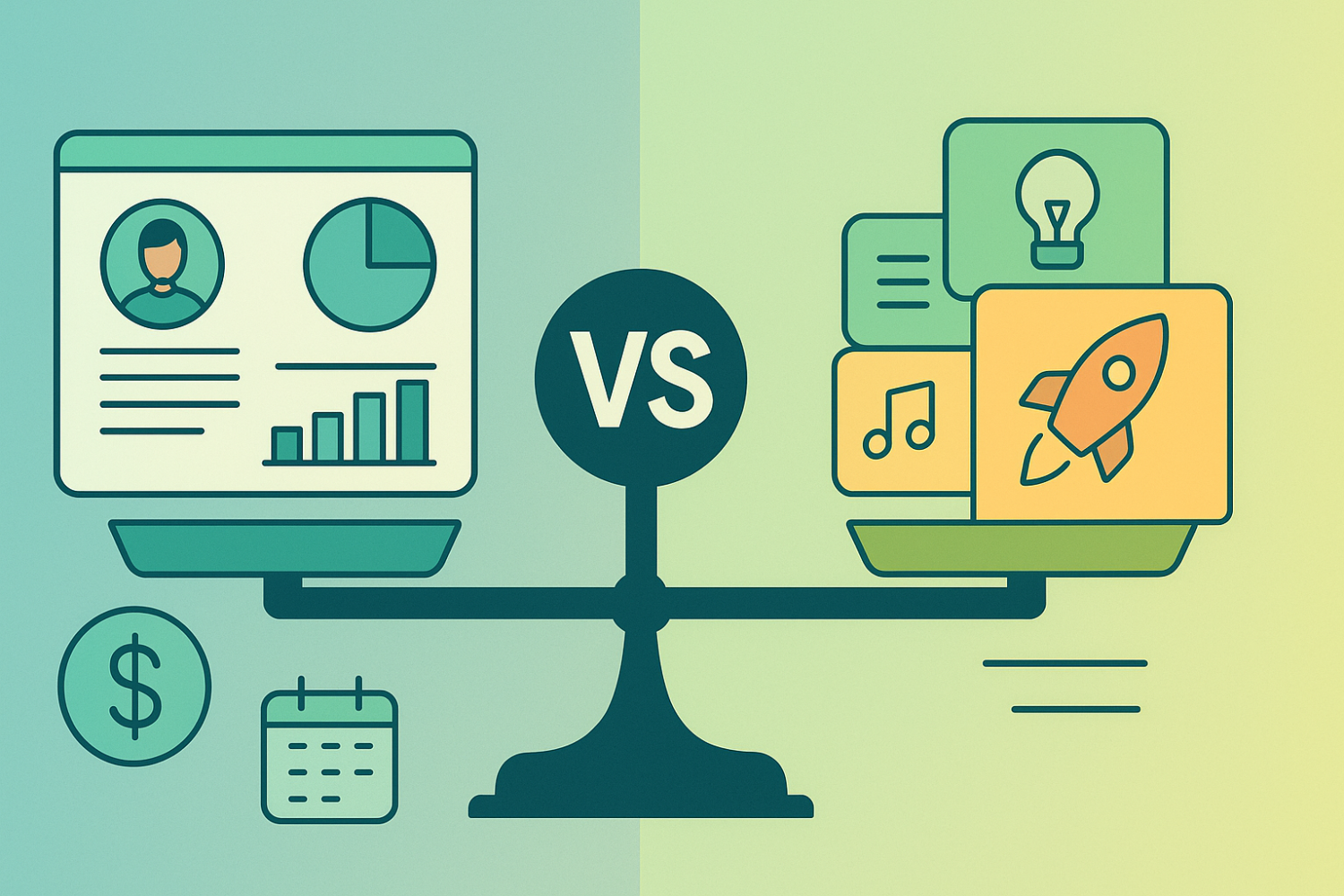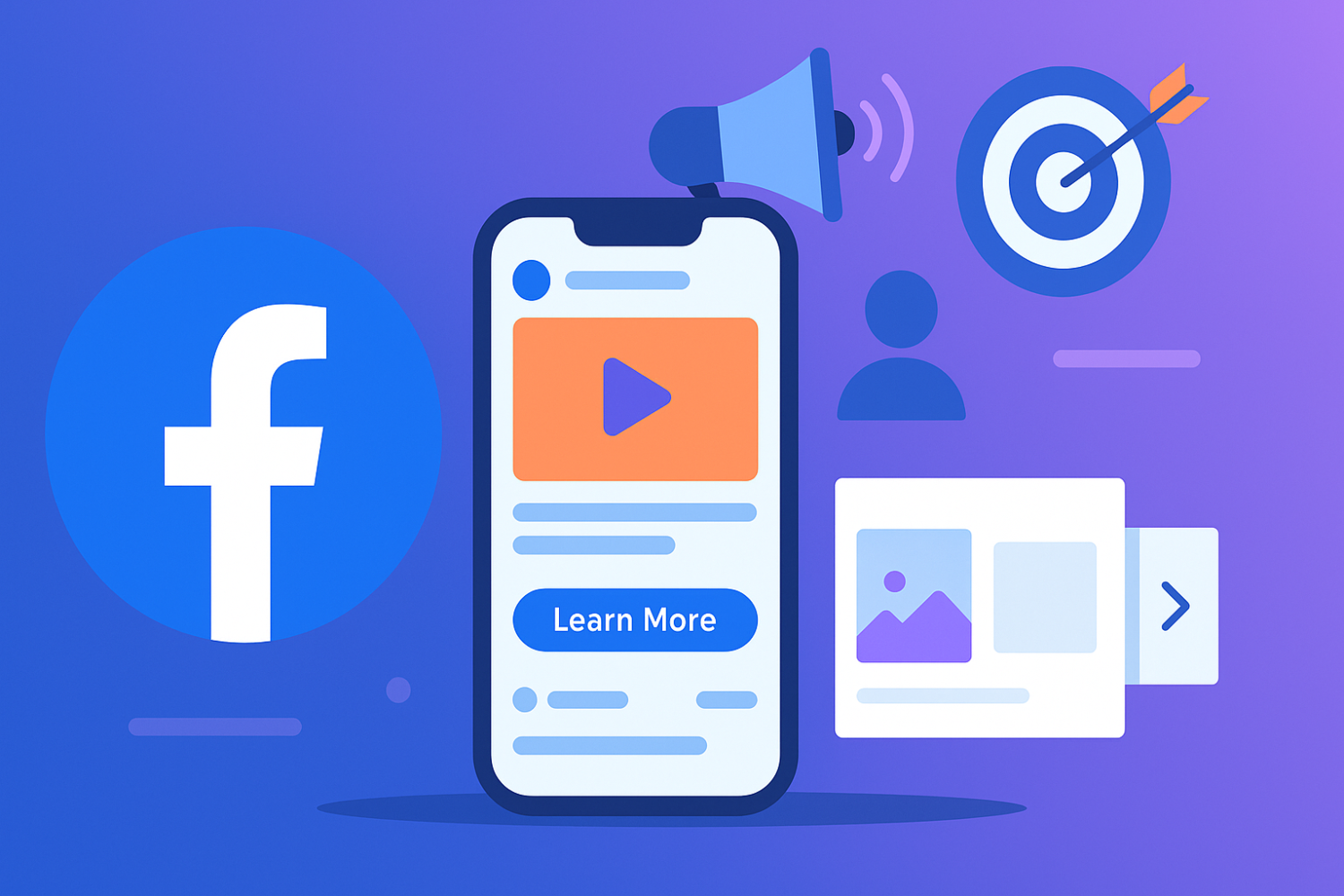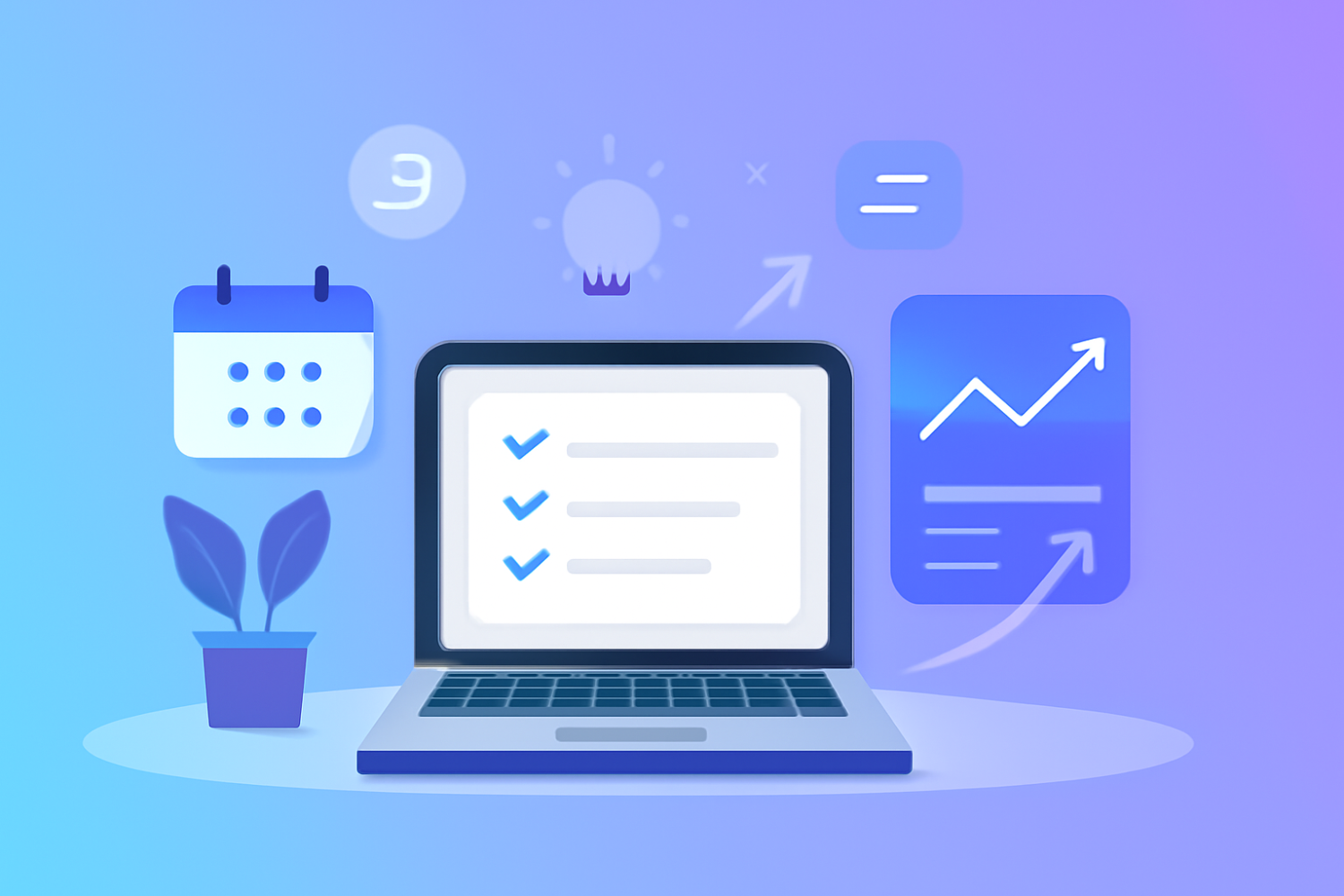Top 10 On-Page SEO Techniques to Boost Your Website's Ranking in 2025
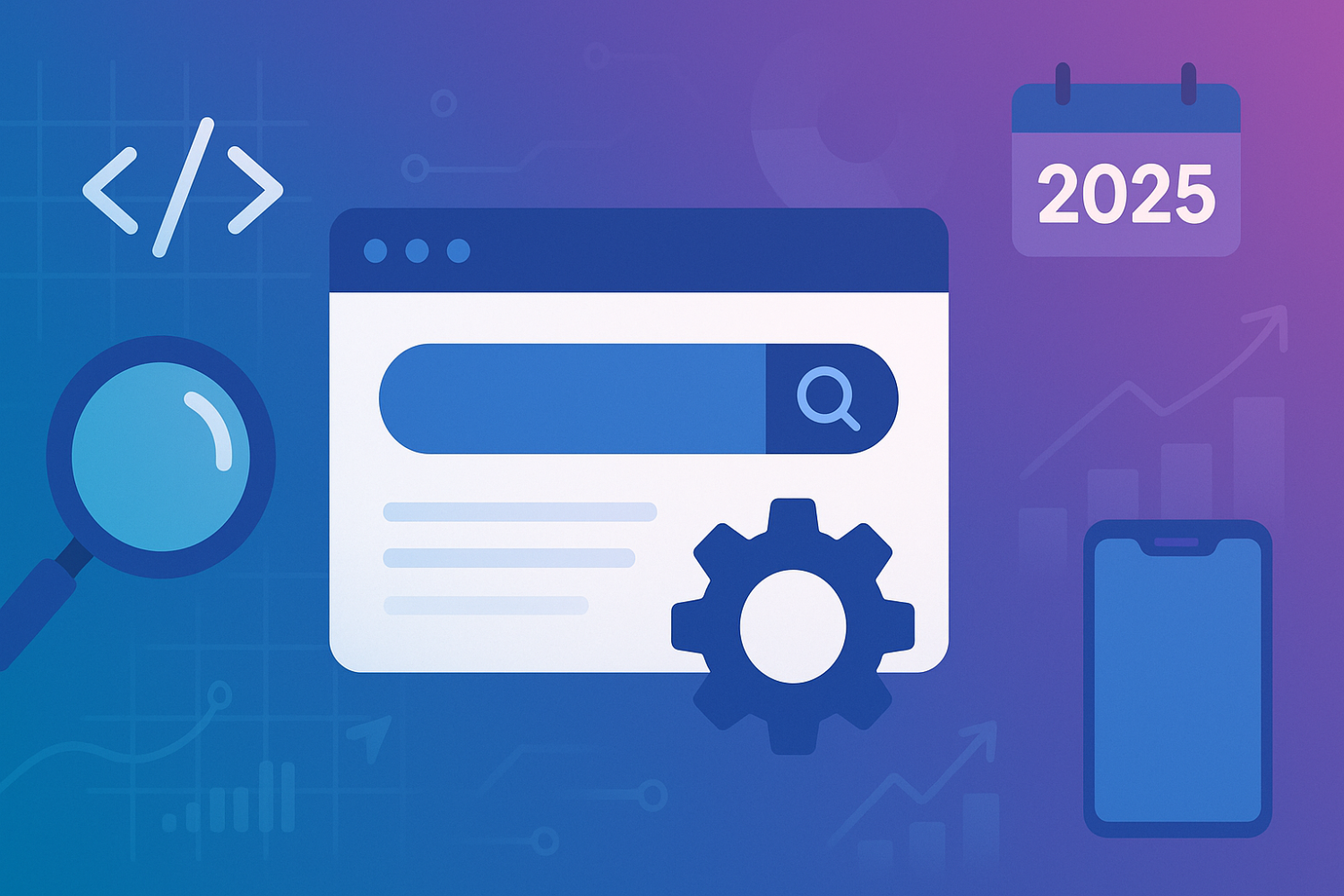
Introduction to On-Page SEO
On-page SEO, also known as on-site SEO, refers to the practice of optimizing individual web pages in order to rank higher and earn more relevant traffic in search engines. This encompasses a variety of techniques and strategies aimed at enhancing the visibility of a website within search engine results pages (SERPs). Unlike off-page SEO, which includes link-building and social media engagement, on-page SEO focuses solely on the elements present within the webpage itself, including content quality, keyword optimization, and HTML source code.
The importance of on-page SEO cannot be overstated, as it lays the groundwork for a successful overall SEO strategy. Without implementing effective on-page techniques, even the most robust off-page strategies can fail to yield desirable results. As search engines evolve, particularly Google, the need for adhering to the best practices of on-page SEO continues to grow. Optimizing elements such as title tags, meta descriptions, and headers helps improve website SEO, making it easier for users and search engine crawlers to understand the content.
Effective on-page SEO techniques directly impact how content is perceived by search engines, influencing rankings and visibility. Increased focus on factors like content relevancy and user engagement means that websites employing these strategies are more likely to see a significant Google ranking boost. For beginners, understanding the fundamental aspects of on-page SEO serves as a pivotal starting point in their SEO journey, guiding them in the application of essential strategies that can yield long-term results.
In the following sections, we will explore various on-page SEO techniques that can be implemented to enhance website performance and improve search engine visibility in 2025 and beyond.
Understanding SEO in 2025
As we move through 2025, the landscape of Search Engine Optimization (SEO) continues to evolve rapidly, influenced by changing user behaviors, technological advancements, and constant algorithm updates from search engines like Google. Understanding the current context of SEO is vital for marketers and website owners aiming to implement effective on-page SEO techniques that are aligned with SEO best practices.
This year, a significant shift towards user-centered design and content quality has been noted, which drives the importance of creating valuable content that resonates with the audience. Key factors such as page speed, mobile-friendliness, and accessibility are now critical components that directly affect a website's Google ranking boost. Consequently, website owners must prioritize optimizing the user experience to retain visitors and reduce bounce rates, which in turn can improve website SEO outcomes.
Additionally, emerging technologies such as artificial intelligence and machine learning are reshaping search algorithms, making it essential for SEO practitioners to stay informed about these advancements. For instance, Google's latest updates emphasize the need for semantic search, which focuses on understanding the intent behind a query rather than just matching keywords. This shift necessitates a more holistic approach to keyword integration within content, allowing for the effective practice of on-page SEO techniques that address user intent comprehensively.
Furthermore, voice search and mobile search capabilities are becoming increasingly prevalent, suggesting that optimizing content for conversational queries is crucial. Marketers should leverage beginner SEO guides to revise their content strategies to match these evolving trends. As we navigate through 2025, continuous learning and adaptation of SEO tips will be vital for maintaining competitiveness in the digital landscape.
Keyword Research: The Foundation of On-Page SEO
Keyword research serves as the bedrock for effective on-page SEO techniques, especially in the ever-evolving landscape of digital marketing. In 2025, understanding how to identify the right keywords is crucial for enhancing your website's visibility and search engine ranking. Effective keyword identification can be achieved using various methods and tools that are accessible for beginners. One commonly used resource is Google’s Keyword Planner, which helps discover search volumes and competition levels for different keywords, allowing users to make informed choices.
Another valuable tool is SEMrush, which offers in-depth insights into keyword performance and competitor analysis. Utilizing these platforms effectively can lead to improved website SEO by helping you pinpoint high-traffic, low-competition keywords relevant to your niche. Long-tail keywords, which are typically three or more words in length, also play an essential role in this process. These keywords may have lower search volumes individually, but they attract a more targeted audience and often convert better than generic terms. For example, instead of targeting the broad keyword "shoes," a long-tail variation like "best running shoes for flat feet" would potentially yield better results.
When incorporating keywords into your content, it is vital to do so naturally. Overstuffing your articles with keywords can lead to a negative user experience and harm your Google ranking boost. Instead, focus on integrating your chosen keywords and synonyms organically, enhancing readability while maintaining relevance. Additionally, strategically placing keywords in titles, headings, and meta descriptions can further improve your chances of ranking higher in search results. By laying a strong foundation in keyword research, you will be well-equipped to implement SEO best practices and drive more organic traffic to your website.
Optimizing Title Tags and Meta Descriptions
Title tags and meta descriptions are fundamental components of on-page SEO techniques that can significantly influence a site's visibility and click-through rate in search engine results. A well-crafted title tag should succinctly convey the content of the webpage while incorporating relevant keywords. This not only aids in search engine indexing but also serves to attract users' attention. For instance, including strong keywords early in the title can enhance Google ranking boost, making the website more likely to be displayed prominently in search results.
Similarly, the meta description, although not a direct ranking factor, plays a pivotal role in enhancing user engagement. A compelling meta description should summarize the content accurately, while also integrating targeted keywords. This allows potential visitors to understand what the page offers at a glance. It is advisable to keep the meta description concise, typically between 150-160 characters, ensuring that it does not get cut off in search results. Utilizing active language and including a call to action can further entice users to click, thereby improving website SEO.
To effectively optimize these elements, it is essential to conduct thorough keyword research to identify terms that align with user intent and current trends, reflecting the SEO tips for 2025. Additionally, crafting unique title tags and meta descriptions for each page can reduce duplication, enhancing the overall SEO best practices of the site. This approach not only helps search engines understand the distinct content of each webpage but also improves the chances of engagement from users, thus contributing to a higher ranking. By following these strategies, website owners can effectively improve their click-through rates and, ultimately, their online presence.
Using Header Tags Effectively
Header tags, ranging from H1 to H6, play a pivotal role in structuring content on a webpage and are fundamental on-page SEO techniques. These tags not only enhance content readability for users but also aid search engines in understanding the organization of the content. The correct usage of header tags can significantly contribute to a website's overall SEO performance and its ability to achieve a higher google ranking boost.
The H1 tag is typically used for the main title of the page, summarizing the content effectively. It should only be used once per page to maintain clarity and ensure that it captures the focus keyword. Following this, the H2 and H3 tags can be utilized to break down the content into smaller, digestible sections, enhancing both user engagement and SEO best practices. By structuring content hierarchically, you create a logical flow that both visitors and search engines can follow, which is particularly useful for a beginner SEO guide.
Besides organization, headers also serve as a means to incorporate relevant keywords seamlessly into your content. While optimizing for search engines, it is crucial to balance keyword usage; however, doing so enhances the chance of using strategic terms that improve website SEO without compromising readability. Implementing these header tags effectively ensures that your content aligns with SEO tips 2025 and remains relevant to search engine indexing.
Moreover, to optimize headers, consider including related phrases and synonyms of your focus keyword. This strategy helps capture additional traffic and broadens the scope of search relevance. For example, instead of only focusing on your primary keyword, you might incorporate variations that reflect the same intent. Thus, header tags not only organize content but can also be leveraged to strengthen your overall SEO approach, ensuring a comprehensive strategy toward improved site performance.
Image Optimization Techniques
Image optimization is a crucial aspect of on-page SEO techniques that can significantly influence your website's Google ranking. In 2025, as the digital landscape continues to evolve, incorporating effective image optimization strategies will remain essential for improving website SEO. One of the foundational practices is selecting the appropriate file formats for your images. For instance, JPEG is suitable for photographs because it balances quality and file size, while PNG is ideal for graphics requiring transparency. WebP is another format that combines the benefits of both JPEG and PNG, offering smaller files with high quality, making it an excellent choice for modern websites.
Moreover, utilizing alt text effectively enhances both accessibility and SEO. Alt text provides a textual description of images, which is utilized by screen readers for visually impaired users and helps search engines understand the content of your images better. Implementing descriptive and keyword-rich alt text contributes to your overall on-page SEO and can result in a Google ranking boost, ensuring that your website is more discoverable in image searches.
Optimizing image file sizes is another vital strategy in improving website performance. Large images can hinder page load times, negatively impacting user experience and SEO. To ensure fast loading times, utilize image compression tools to reduce file sizes without sacrificing quality. This not only adheres to SEO best practices but also enhances user engagement. Fast-loading pages contribute to lower bounce rates and higher user satisfaction, which are essential metrics for SEO success. Implementing these image optimization techniques will play an integral role in your beginner SEO guide and overall strategy to increase visibility and perform better in search engine results.
Creating Quality, Engaging Content
In the realm of on-page SEO techniques, the importance of high-quality content cannot be overstated. Content is often referred to as 'king' for a reason; it is the primary means through which websites provide value to users and satisfy their search intent. To improve website SEO, content must not only be informative but also engaging and relevant to the target audience. By understanding what users are searching for, website owners can create content that addresses those needs directly.
When writing for the web, it is essential to employ a clear and concise style. Users tend to skim read, so incorporating headings, bullet points, and short paragraphs can enhance the readability of the content. Additionally, utilizing strong keywords naturally within the text can assist in improving Google ranking boost while ensuring that the content flows smoothly. Incorporating an appropriate number of SEO tips 2025 will help maintain a rhythm that appeals to readers and search engines alike.
Furthermore, integrating multimedia elements such as images, videos, and infographics can enrich the content and retain user attention. These elements not only make the content visually appealing but can also effectively convey complex information in a digestible format. It is crucial to ensure that any multimedia employed is optimized for performance, as faster loading times contribute to a better user experience and can further enhance your website's SEO performance.
Finally, making content accessible and easy to share can extend its reach. Integrating social sharing buttons, ensuring compatibility with mobile devices, and using alt text for images can improve accessibility and increase the likelihood of content being shared across platforms. By adhering to SEO best practices and focusing on creating quality, engaging content, website owners can lay a solid foundation for attracting and retaining a wider audience in the competitive digital landscape of 2025.
Internal Linking Strategies
Internal linking is a critical component of effective on-page SEO techniques that cannot be overlooked when aiming for a higher Google ranking boost. By connecting various pages within a website through hyperlinks, these links help distribute page authority, enhancing the overall credibility of your content. Furthermore, internal links aid users in navigating seamlessly through your website, thereby improving the user experience, which is a significant factor for search engines to consider when ranking sites.
To develop a robust internal linking strategy, start by ensuring that your most important pages are easily accessible from multiple locations within your site. This helps direct traffic towards these pages, increasing their authority and chances of ranking higher on search engines. For example, if you have a blog post detailing a particular topic, include links to related articles and pages throughout the content. This not only encourages readers to stay on your site longer but also helps search engines understand the context and relevance of your pages.
Another effective strategy is to use descriptive anchor text for your internal links. Instead of generic phrases such as "click here," utilize keywords related to the linked content. This practice not only boosts the SEO value of your pages but also makes it clear to users what they can expect when clicking the link. Additionally, regularly auditing your internal links is essential to identify broken links and check for opportunities to create new ones that can enrich your users' navigational experience and improve website SEO.
By incorporating these internal linking strategies into your website, you will position yourself well within the framework of SEO best practices. This not only enhances user engagement but can significantly benefit your site's ranking potential as you prepare for 2025.
Mobile-Friendliness and Page Speed Optimization
In the ever-evolving landscape of SEO, mobile-friendliness and page speed are critical components that significantly influence a website’s ranking in search engine results. With an increasing number of users accessing websites via mobile devices, it is essential for websites to adopt responsive design. This approach ensures that a website's layout adapts seamlessly to various screen sizes, enhancing the user experience. A mobile-friendly website not only attracts more visitors but also encourages them to stay longer, which can positively impact the site's SEO performance.
Implementing mobile optimization best practices is crucial in ensuring that your site performs exceptionally across devices. This includes using legible font sizes, ensuring easy navigation, and optimizing images for quicker loading times. Additionally, minimizing the use of pop-ups and intrusive ads can help improve user engagement and reduce bounce rates, both of which are vital for a strong Google ranking boost.
Page speed is another pivotal factor that directly affects user experience and consequently SEO rankings. Studies have shown that even a one-second delay in loading time can lead to a significant drop in conversions. Tools like Google PageSpeed Insights and GTmetrix can be invaluable in testing your website's loading times and identifying areas for improvement. Best practices for improving website speed include compressing images, leveraging browser caching, and minimizing CSS and JavaScript files. These strategies not only enhance performance but also contribute to a more favorable user experience, aligning with on-page SEO techniques essential for 2025.
In conclusion, prioritizing mobile-friendliness and page speed optimization is paramount for any website aiming to improve website SEO and adhere to SEO best practices. By focusing on these critical aspects, website owners not only bolster their chances of achieving higher search rankings but also ensure a positive browsing experience for their users.
Conclusion: Implementing On-Page SEO Techniques
Effective implementation of on-page SEO techniques is crucial for enhancing your website’s visibility and improving its Google ranking in 2025. The techniques discussed throughout this blog post provide a solid foundation for both novices and experienced users of SEO best practices. By focusing on areas such as keyword optimization, metadata, content quality, and user experience, site owners can significantly increase their chances of ranking higher in search results.
It is essential to stay informed and adaptable as the SEO landscape continues to evolve. Adopting the on-page SEO tips outlined earlier will not only help in boosting rankings but also in providing a better user experience, which is increasingly prioritized by search engines. Remember that continuous monitoring and assessment of these strategies are critical. Regularly analyze your website traffic and engagement metrics to evaluate the effectiveness of your on-page techniques. This iterative process allows for tweaks and improvements, ensuring your approach stays relevant in the competitive SEO environment.
For those eager to further enhance their understanding of SEO, numerous resources are available. Online courses, webinars, and comprehensive beginner SEO guides can offer deeper insights into the intricacies of search engine optimization. Joining forums and communities dedicated to SEO can also provide valuable peer support and shared experiences to foster a better grasp of effective strategies.
In conclusion, adopting and efficiently applying these on-page SEO techniques can pave the way for improved website SEO in 2025. By systematically implementing these strategies and keeping up with industry updates, website owners can maintain a competitive edge in their efforts to attract organic traffic and increase their online presence.

